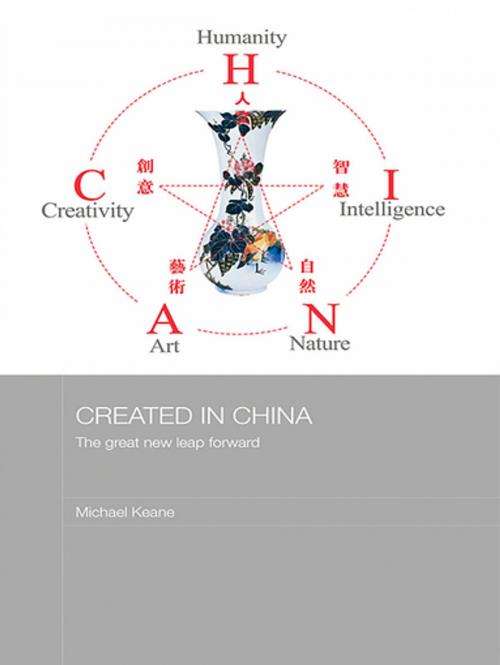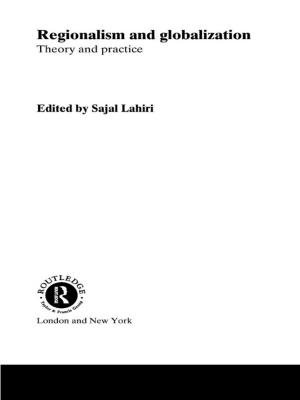Created in China
The Great New Leap Forward
Business & Finance, Economics, International, Nonfiction, History, Asian, China, Social & Cultural Studies, Social Science, Cultural Studies, Ethnic Studies| Author: | Michael Keane | ISBN: | 9781134117840 |
| Publisher: | Taylor and Francis | Publication: | October 30, 2007 |
| Imprint: | Routledge | Language: | English |
| Author: | Michael Keane |
| ISBN: | 9781134117840 |
| Publisher: | Taylor and Francis |
| Publication: | October 30, 2007 |
| Imprint: | Routledge |
| Language: | English |
This book examines China’s creative economy—and how television, animation, advertising, design, publishing and digital games are reshaping traditional understanding of culture. Since the 1950s China has endeavoured to catch-up with advanced Western economies. ‘Made in China’ is one approach to global competitiveness. But a focus on manufacturing and productivity is impeding innovation. China imports creativity and worries about its ‘cultural exports deficit’. In the cultural sector Chinese audiences are attracted to Korean, Taiwanese, and Japanese culture, as well as Hollywood cinema. This book provides a fresh look looks at China’s move up the global value chain. It argues that while government and (most) citizens would prefer to associate with the nationalistic, but unrealized ‘created in China’ brand, widespread structural reforms are necessary to release creative potential. Innovation policy in China has recently acknowledged these problems. It considers how new ways of managing cultural assets can renovate largely non-competitive Chinese cultural industries. Together with a history of cultural commerce in China, the book details developments in new creative industries and provides the international context for creative cluster policy in Beijing and Shanghai.
This book examines China’s creative economy—and how television, animation, advertising, design, publishing and digital games are reshaping traditional understanding of culture. Since the 1950s China has endeavoured to catch-up with advanced Western economies. ‘Made in China’ is one approach to global competitiveness. But a focus on manufacturing and productivity is impeding innovation. China imports creativity and worries about its ‘cultural exports deficit’. In the cultural sector Chinese audiences are attracted to Korean, Taiwanese, and Japanese culture, as well as Hollywood cinema. This book provides a fresh look looks at China’s move up the global value chain. It argues that while government and (most) citizens would prefer to associate with the nationalistic, but unrealized ‘created in China’ brand, widespread structural reforms are necessary to release creative potential. Innovation policy in China has recently acknowledged these problems. It considers how new ways of managing cultural assets can renovate largely non-competitive Chinese cultural industries. Together with a history of cultural commerce in China, the book details developments in new creative industries and provides the international context for creative cluster policy in Beijing and Shanghai.















